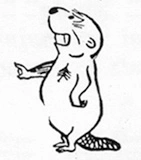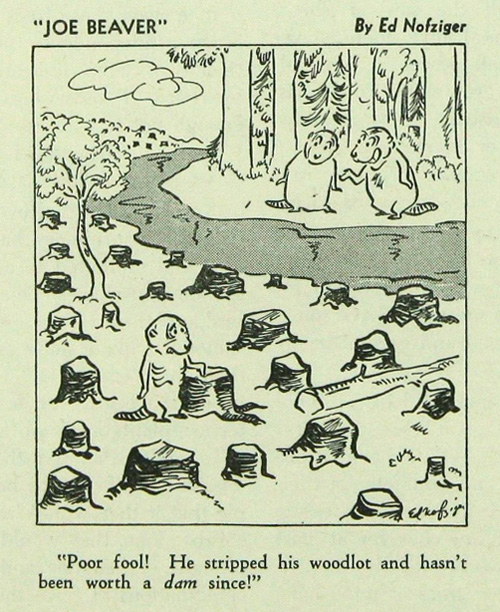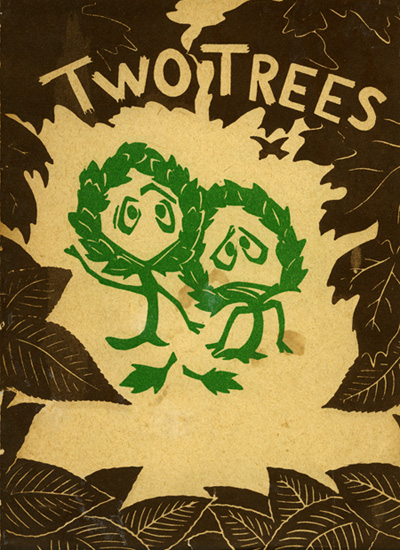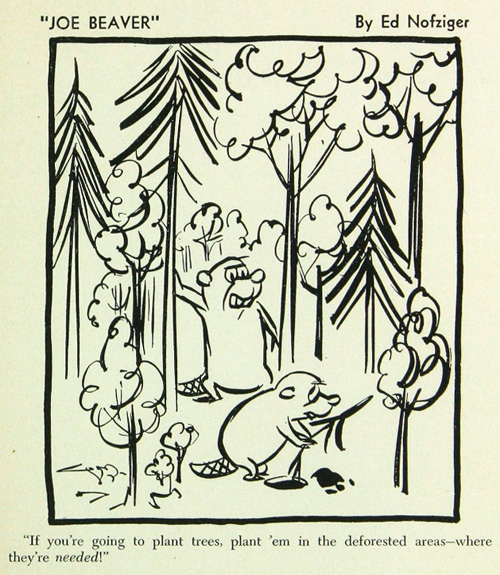What began as a millionaire’s dream, a genius’s vision, and a forester’s labor is now being captured in a Forest History Society documentary film. This spring the Forest History Society joined forces with Bonesteel Films to produce First in Forestry, a documentary film about Carl Alwin Schenck and the Biltmore Forest School. Principal photography for the interviews and re-creation footage began in earnest last month, and yours truly was there to witness the excitement and action, consult a bit, and try to look like I know what I am doing.
For those not familiar with our story, George Vanderbilt’s Biltmore Estate in Asheville, North Carolina, is where the first large-scale forest management effort was carried out in the United States under the direction of Gifford Pinchot and Carl Schenck. Schenck also established the first school of forestry in North America. Several of the nearly 400 men who graduated from his school went on to become leaders in American forestry in the first half of the 20th century. Much of the land they worked and learned on is now preserved as the Pisgah National Forest. The story of Carl Schenck and his work at the Biltmore is the focus of the film.

The view from the Blue Ridge Parkway towards where the Biltmore Forest School spent the summer months. George Vanderbilt owned much of what is visible from there. (Jamie Lewis)
Director Paul Bonesteel strongly believes that including re-creation footage will draw in today’s audiences, and we couldn’t agree more. He used this technique with great success in two other films that have aired on PBS, The Mystery of George Masa and The Day Carl Sandburg Died.
Critical to that success is finding the right actors to portray historical figures, in this case, finding forester Carl Schenck (not Finding Forrester).

“Dr. Schenck” keeps a close eye on “his boys” during a break in filming while director Paul Bonesteel checks the playback. (Courtesy of Bonesteel Films)

Here’s an example of acting like I know what I’m doing: showing Paul (left) and “Dr. Schenck” (right) the proper height to hold a Biltmore stick. The rumors reported on Entertainment Tonight about my having punched out Paul over creative differences are incorrect. (Courtesy of Bonesteel Films)

Paul gives “Dr. Schenck” direction for his next scene. The rumor reported in the press in 1909 that Dr. Schenck punched out estate manager C.D. Beadle is, sadly, true. (Courtesy of Bonesteel films)
We are fortunate to have the cooperation of the U.S. Forest Service and the Cradle of Forestry National Historic Site in making the filming possible. We’re using locations found throughout the Pisgah National Forest and at the Cradle of Forestry.

No shot is too difficult for the Bonesteel team to capture. They even set up a camera in a cold mountain stream to get just the right angle. No animals or camera crew were hurt in the taking of this photograph. (Courtesy of Bonesteel Films)
As you might imagine, it takes a number of talented people behind the scenes to make the action in front of the camera look good and convincing. The folks at Bonesteel Films are top-notch and really pleasant to work with. Early calls and long days don’t dampen spirits. Not even a relentless rain storm stopped our filming interviews one day. We just moved to a new location. Fortunately, when it was time for shooting re-creation footage in the forest we had good weather.

We needed people for wardrobe and makeup, wrangling horses, checking the script, and coordinating the two cameras. (Courtesy of Bonesteel Films)
One of the things that excites us about working with Bonesteel Films is Paul’s skill in mixing traditional documentary film-making style (historical photographs and interviews with historians) with re-creation footage that works like a historical photograph brought to life. But without good interviews, the film could suffer. So we brought in one of the best at on-screen interviews, Char Miller. You may know him from such films as The Greatest Good and The Wilderness Idea.

Pinchot biographer Char Miller will be one of the featured interviews. Here Char (right) takes a break from being interviewed to pose with yours truly and Paul. Rumors reported on Entertainment Tonight that I got in a fight with Char and Paul over sartorial differences are not true. (Courtesy of Bonesteel Films)
Not all of the film will be “talking heads” and re-creation footage. This is not just a story of the people, but the story of the place. The Pisgah region and the Southern Appalachians are one of the most beautiful places in the world in my opinion. You can’t ask for a better backdrop for filming. It’s why so many Hollywood films are made there, too.

The area around Asheville is known as “The Land of the Sky” and with good reason. Here’s the view from the Blue Ridge Parkway. (Jamie Lewis)
For a few months now, whenever he gets a chance, Paul has been shooting footage that will capture and convey that beauty. He has plenty of experience doing so because of his film about George Masa and commercial work for the Biltmore Estate.

Paul works both on the micro and macro levels when it comes to capturing nature on film. (Courtesy of Bonesteel Films)
One of the things you often hear about with actors and film sets is how groupies sneak on to the set to watch filming. I’m hear to tell you it’s true. We’re going to beef up security for the next round of filming. We can’t allow set crashers who then peddle gossip to the tabloids.

We eventually had security remove this interloper from the set. We think he’s the source of the rumors in the press of fisticuffs and tantrums. (Jamie Lewis)
If you’ve read this far, thank you! If you want to be a part of forest history, we’re still fundraising for the film. Please visit our film page to learn how you can contribute, and stay tuned for more news on the film.
 Before there was a
Before there was a 

